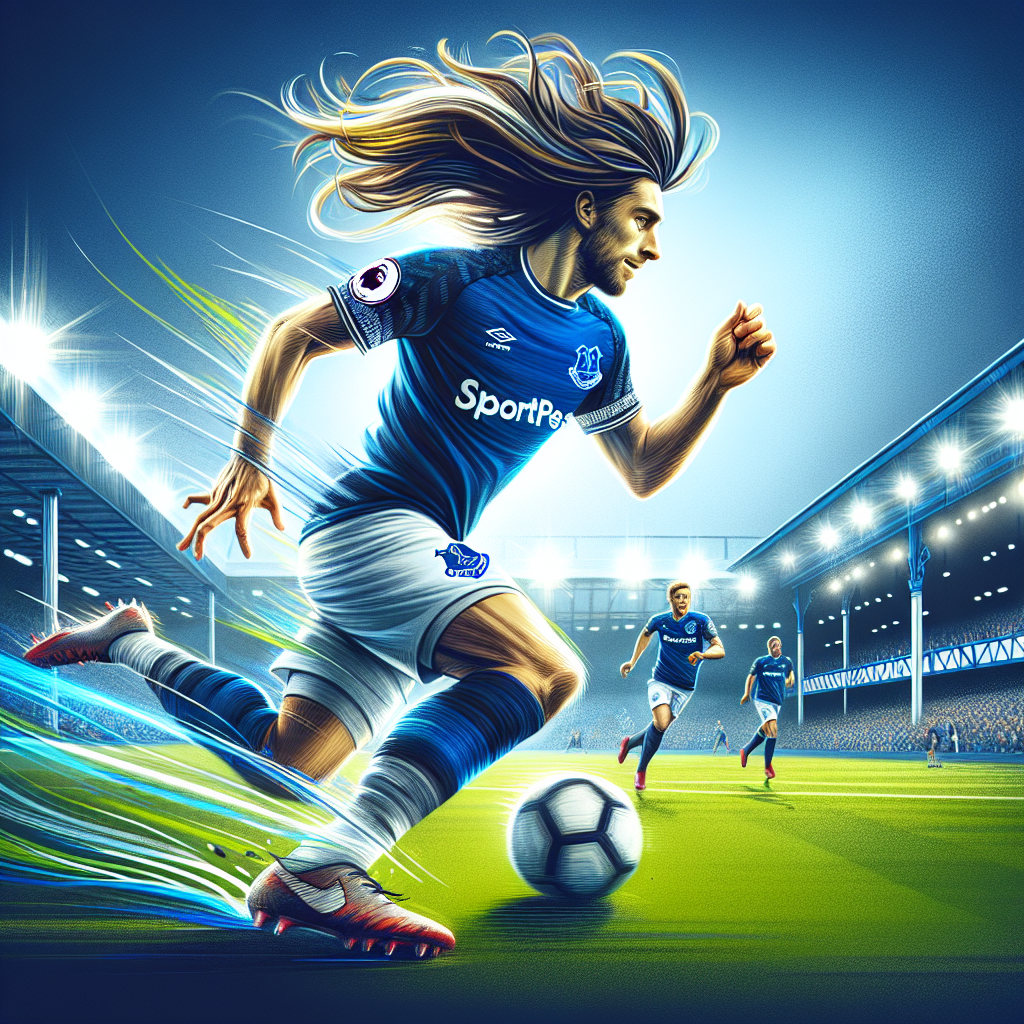Yo, pixel pioneers and digital daredevils—Mr. 69 beaming in from the bleeding edge of the browserverse! Buckle up and prep your synapses because Google just flipped the script on an old internet interaction we all took for granted. That’s right, Chrome for Android just gave the address bar—the sacred oracle of the web—a gravity shift. And no, this isn’t a drill. You can now officially move it to the bottom.
Boom. The internet is now bottom-friendly.
Let’s unpack this tectonic UX shift like we’re decrypting an alien tech signal from Mars. You remember the status quo, right? Open Chrome, hypnotically reach for that address bar at the top like you’ve been programmed by the Web Gods of 2008. But those days? Fossils. Artifacts. Dead code. We’re living in the era of *thumb-friendly futurism*, where every pixel counts and muscle memory gets a software upgrade.
Google isn’t slamming this UX overhaul down your digital throat. Oh no, they’re letting us choose. CHOOSE. This is the democracy of design in real time! Chrome’s new feature quietly empowers you to adjust the address bar’s placement to your thumb’s personal happiness. Want it at the top? Cool. Keep living the HTTP dream. Want it at the bottom like a rebel UI astronaut? Go forth, browser cosmonaut.
Now—some of you might be thinking, “Mr. 69, isn’t this… just a bar moving down?” And to that, I say: So was the moon landing just a walk. So was the touchscreen just a buttonless gimmick. This is form catching up with function in a world where our phones are basically cybernetic limbs. It’s not just about moving a pixelated rectangle—it’s about surfacing freedom in the digital bloodstream.
Let’s get real futuristic: this shift opens the floodgates for more mobile-centric browsing philosophies. Picture this: a modular browser interface that adapts with your neural rhythms. Maybe in ten years, you won’t just move the bar—you’ll telepath it into any zone of the screen depending on your mood, your thumbprint, or your heart rate. Handheld devices aren’t just evolving—they’re morphing into extensions of our minds.
And while Apple fans might smugly sip iTea and whisper, “Safari did it first,” we tech voyagers know innovation isn’t a race—it’s a journey through time warps and design metaphors. Chrome is no longer making us reach up when we can swipe forward. That’s progress, baby.
Let’s also not ignore the accessibility impact. Moving UI elements to thumb-reachable zones is a subtle but powerful nod to usability equity—a win for those with mobility limitations, small screens, or simply big dreams and short thumbs. The web should orbit around all users. Chrome just tilted the axis a little more humanward.
So the next time you’re batting at Internet tabs like a caffeine-powered cat, remember: one small tweak for you, one giant leap for browser-kind.
Now if you’ll excuse me, I have an AI assistant designing a wormhole-powered toast notification system for Mars colonists. But you? You’ve got a browser bar to relocate—and a future to thumb-scroll into.
Hack the norms. Tap the future. And always, always put your toolbar where your dreams can reach it.
– Mr. 69







